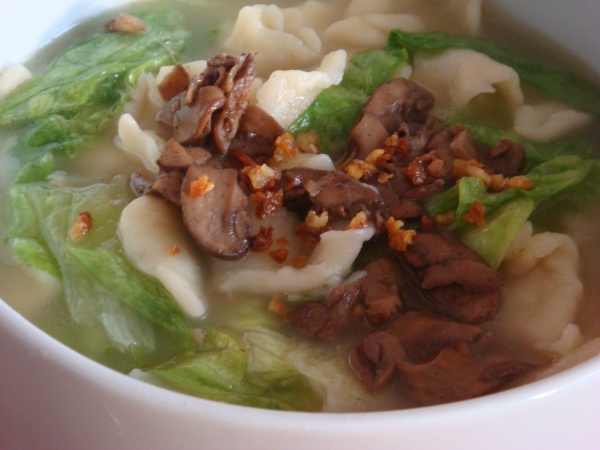Facts About Pan mee
Banmian, also known as pan mee, is a cherished Chinese noodle dish, typically served in a comforting soup. The highlight of the dish is the handmade noodles, which come in various styles such as youmian and mee hoon kueh. "Banmian" derives its name from the Hakka tradition of cutting noodles into straight strands using a wooden block as a guide. In Hokkien, this dish is called "Mee-Hoon-Kueh."
This noodle soup enjoys popularity in countries like China, Malaysia, Singapore, and Taiwan. It typically features egg noodles submerged in a flavorful broth, complemented by a medley of meats, seafood, vegetables, and spices. Common ingredients include dried anchovies, minced pork, mushrooms, and leafy greens like sweet potato leaves. Not only is it delectable, but it is also considered a healthy option, making it a popular choice at restaurants, street vendors, and food stalls throughout the region.
Preparing banmian can be a labor of love, especially with traditional methods that involve hand-kneading the dough and forming it into noodles. However, modern kitchens often utilize pasta makers to expedite the process. The soup base can range from simple water to rich fish stock, enhanced with flavors from onions, garlic, ginger, and bean paste. Sometimes, the noodles and soup are even served separately.
One popular variation is dry chili pan mee, where the noodles are served dry, accompanied by a mix of minced pork, fried onions, anchovies, and a poached egg. Stirring it all together results in a burst of flavors. Mushrooms and anchovies are often used to enrich the broth, while additional ingredients such as vinegar, sugar, minced pork, and eggs elevate the dish to an even more delightful experience.

 Brunei
Brunei